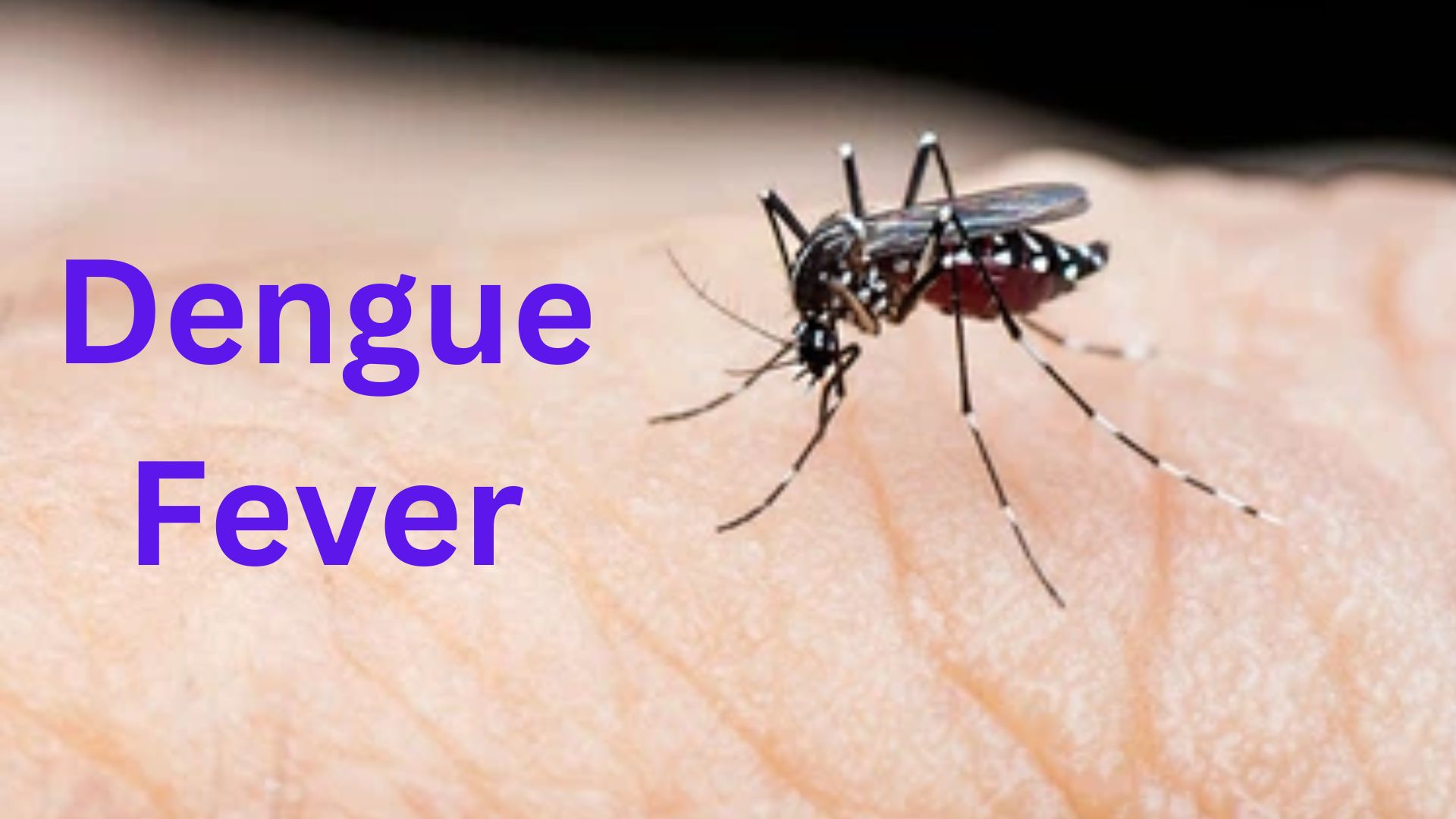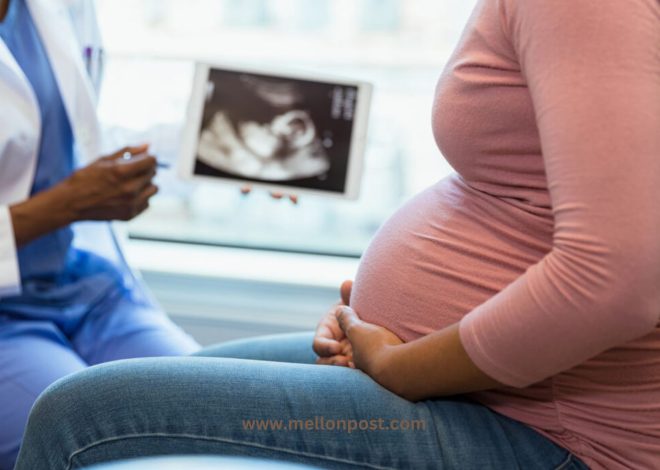
Dengue Fever: Causes, Symptoms, Prevention, and Treatment
Table of Contents
Dengue fever is a mosquito-borne viral infection that poses a significant health threat in many parts of the world, particularly in tropical and subtropical regions. The disease is caused by the dengue virus (DENV), which is transmitted primarily by Aedes mosquitoes.
Dengue fever can range from mild flu-like symptoms to severe, life-threatening conditions. This article provides a comprehensive overview of dengue fever, including its causes, symptoms, prevention strategies, and treatment options.
Causes of Dengue Fever
The Dengue Virus
Dengue fever is caused by the dengue virus (DENV), a member of the Flaviviridae family. There are four distinct but closely related serotypes of the dengue virus: DENV-1, DENV-2, DENV-3, and DENV-4.
Infection with one serotype provides lifelong immunity to that particular serotype but only partial and temporary immunity to the other serotypes. This means that a person can be infected with dengue up to four times.
Transmission
The primary vector for dengue transmission is the Aedes mosquito, specifically Aedes aegypti and, to a lesser extent, Aedes albopictus. These mosquitoes are characterized by their black and white markings and are most active during the early morning and late afternoon. The transmission cycle involves the following steps:
1. Mosquito Bite: A mosquito becomes infected when it bites a person already infected with the dengue virus.
2. Virus Multiplication: The virus incubates in the mosquito for 8-12 days.
3. Infectious Bite: The infected mosquito can then transmit the virus to humans through its bite. The virus enters the human bloodstream and begins to replicate.
4. Human-to-Mosquito Transmission: If another mosquito bites an infected person, the cycle continues.
Symptoms of Dengue Fever
Dengue fever can present a wide range of clinical symptoms, from mild to severe. The incubation period, which is the time between the bite of an infected mosquito and the onset of symptoms, typically ranges from 4 to 10 days. Symptoms can be grouped into three main phases: febrile, critical, and recovery.
1. Febrile Phase
The febrile phase lasts 2 to 7 days and is characterized by the following symptoms:
1. High Fever: Sudden onset of a high fever, often reaching up to 104°F (40°C).
2. Severe Headache: Intense headache, usually centered around the forehead.
3. Retro-orbital Pain: Pain behind the eyes, which is a hallmark of dengue fever.
4. Muscle and Joint Pain: Severe muscle and joint pains, often referred to as “breakbone fever.”
5. Nausea and Vomiting: Nausea, vomiting, and loss of appetite.
6. Rash: A rash may appear on the face, chest, and extremities. It can be maculopapular (flat or raised red spots) or petechial (small red or purple spots caused by bleeding).
2. Critical Phase
The critical phase occurs after the fever subsides, usually around day 3 to day 7 of illness, and can last 24 to 48 hours. This phase is characterized by:
Plasma Leakage: Increased permeability of blood vessels leading to plasma leakage, which can cause fluid accumulation in the chest and abdominal cavities (pleural effusion and ascites).
Severe Bleeding: In some cases, severe bleeding may occur from the nose, gums, or under the skin (petechiae or purpura).
Organ Dysfunction: Severe cases can result in organ impairment, including liver damage, heart inflammation (myocarditis), and brain involvement (encephalitis).
Dengue Shock Syndrome (DSS): Severe plasma leakage can lead to dengue shock syndrome, characterized by rapid and weak pulse, hypotension, cold and clammy skin, and restlessness.
3. Recovery Phase
The recovery phase follows the critical phase and lasts 2 to 3 days. During this phase:
Fluid Reabsorption: Fluid that leaked during the critical phase is reabsorbed into the bloodstream.
Improvement in Symptoms: Patients experience a gradual improvement in symptoms and a return to normal health.
Convalescence: Full recovery may take several weeks, with lingering fatigue and weakness.
Diagnosis of Dengue Fever
Accurate and timely diagnosis of dengue fever is essential for appropriate patient management. Several diagnostic methods are used to detect dengue infection:
1. Clinical Diagnosis
Clinicians often make a preliminary diagnosis based on the patient’s clinical symptoms and epidemiological history, such as recent travel to dengue-endemic areas and exposure to mosquitoes.
2. Laboratory Tests
Virus Isolation: The dengue virus can be isolated from the patient’s blood during the early stages of the infection. However, this method is time-consuming and not widely available.
Polymerase Chain Reaction (PCR): PCR is a highly sensitive method that detects viral RNA in the patient’s blood. It is most effective during the early phase of the infection.
Serological Tests: These tests detect antibodies (IgM and IgG) against the dengue virus. IgM antibodies are detectable from day 5 of illness, while IgG antibodies appear later and indicate past infection or secondary infection.
Prevention of Dengue Fever
Preventing dengue fever primarily involves controlling mosquito populations and minimizing human exposure to mosquito bites. Effective prevention strategies include:
1. Mosquito Control
Eliminate Breeding Sites: Aedes mosquitoes breed in stagnant water. Regularly empty, clean, or cover containers that hold water, such as flowerpots, buckets, and water storage tanks.
Use Larvicides: Apply larvicides to water bodies that cannot be drained or covered to kill mosquito larvae.
Indoor Residual Spraying: Use insecticides to treat indoor surfaces where mosquitoes rest.
Biological Control: Introduce natural predators, such as fish or copepods, to mosquito breeding sites.
2. Personal Protection
Wear Protective Clothing: Wear long-sleeved shirts, long pants, socks, and shoes to minimize skin exposure.
Use Insect Repellents: Apply insect repellents containing DEET, picaridin, or oil of lemon eucalyptus to exposed skin.
Use Mosquito Nets: Sleep under mosquito nets, especially in areas where Aedes mosquitoes are active.
Install Screens: Ensure windows and doors have screens to keep mosquitoes out of homes and buildings.
3. Community Efforts
Community-based mosquito control programs can effectively reduce the incidence of dengue fever. These programs involve public education, community participation in eliminating breeding sites, and regular monitoring and evaluation of mosquito populations.
4. Vaccination
The development of vaccines for dengue fever has been challenging due to the presence of four different serotypes of the virus. However, the Dengvaxia vaccine, developed by Sanofi Pasteur, has been approved for use in several countries.
The vaccine is recommended for individuals aged 9 to 45 years who have had a previous dengue infection. Vaccination should be considered as part of a comprehensive dengue prevention strategy, particularly in areas with high dengue transmission.
Treatment of Dengue Fever
There is no specific antiviral treatment for dengue fever. Management of the disease focuses on relieving symptoms and preventing complications. Treatment options include:
1. Symptomatic Treatment
Fever and Pain Relief: Use acetaminophen (paracetamol) to reduce fever and relieve pain. Avoid nonsteroidal anti-inflammatory drugs (NSAIDs) such as aspirin and ibuprofen, as they can increase the risk of bleeding.
Hydration: Maintain adequate fluid intake to prevent dehydration. Oral rehydration solutions or intravenous fluids may be necessary for patients with severe dehydration or plasma leakage.
Rest: Encourage patients to rest and avoid strenuous activities until they fully recover.
2. Hospitalization
Severe cases of dengue fever, especially those with warning signs of severe disease, require hospitalization for close monitoring and supportive care. Hospitalized patients may need:
Intravenous Fluids: To maintain blood pressure and prevent shock in patients with severe plasma leakage.
Blood Transfusion: In cases of severe bleeding, blood transfusions may be necessary to manage hemorrhagic complications.
Monitoring of Vital Signs: Continuous monitoring of vital signs, blood pressure, and urine output to detect early signs of shock and organ dysfunction.
3. Management of Complications
Patients with severe dengue may develop complications that require specialized care:
Dengue Shock Syndrome (DSS): Prompt recognition and management of shock with intravenous fluids and vasoactive medications.
Severe Bleeding: Management of severe bleeding with blood transfusions and supportive care.
Organ Dysfunction: Supportive care for organ dysfunction, including liver, heart, and brain involvement.
Conclusion
Dengue fever is a significant public health concern in many parts of the world, particularly in tropical and subtropical regions. Understanding the causes, symptoms, prevention strategies, and treatment options for dengue fever is crucial for managing the disease and reducing its impact on affected populations.
Preventing dengue fever involves a multifaceted approach, including mosquito control, personal protection, community efforts, and vaccination. Effective mosquito control measures, public education, and community participation are essential for reducing the incidence of dengue fever.
While there is no specific antiviral treatment for dengue fever, symptomatic treatment and supportive care can help manage the disease and prevent complications. Early recognition of severe disease and prompt medical intervention are critical for improving outcomes in patients with dengue fever.
Continue reading: Causes and Treatment of the Molluscum Contagiosum Infection


